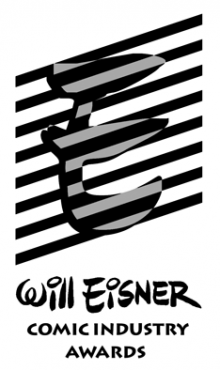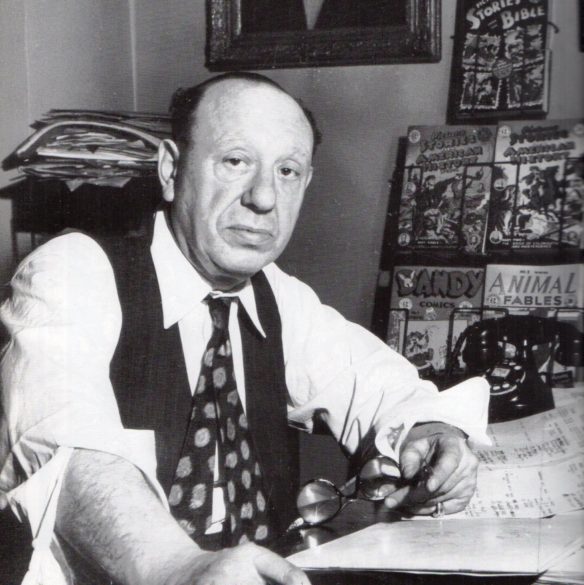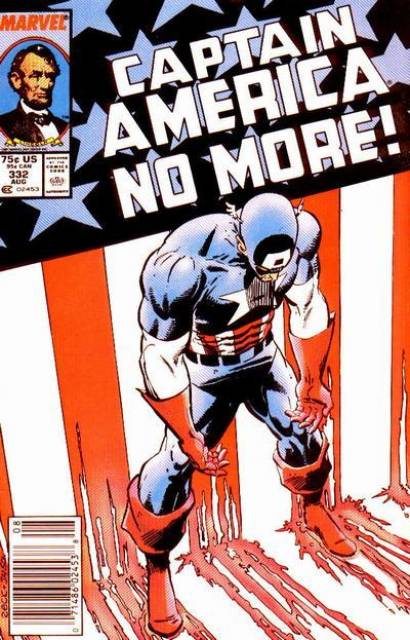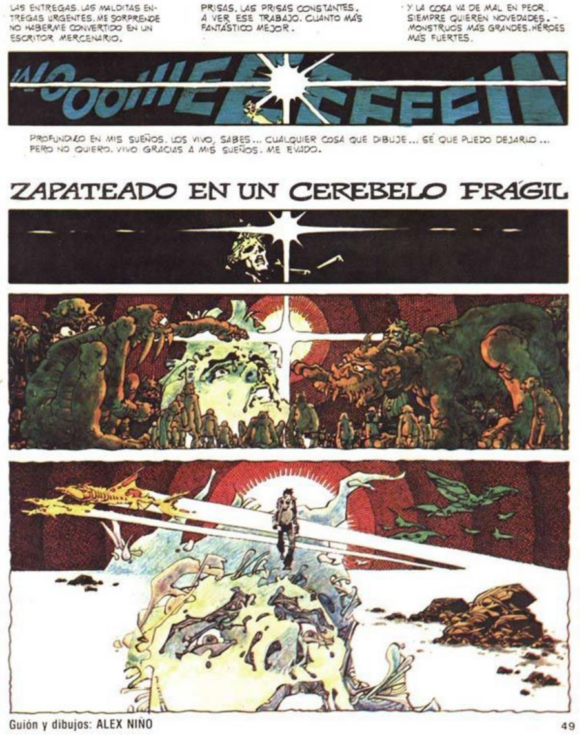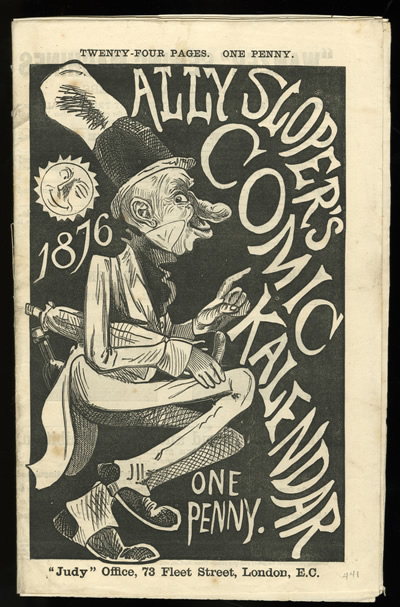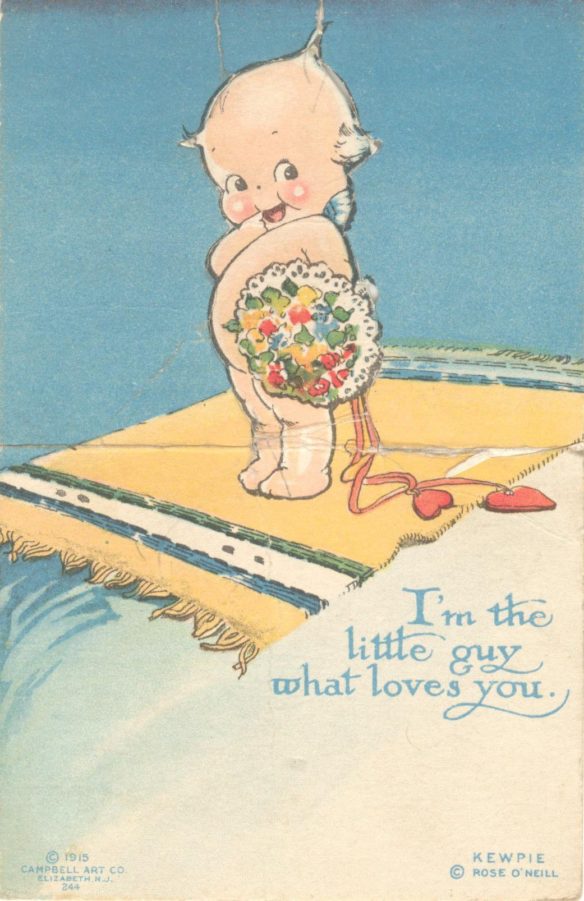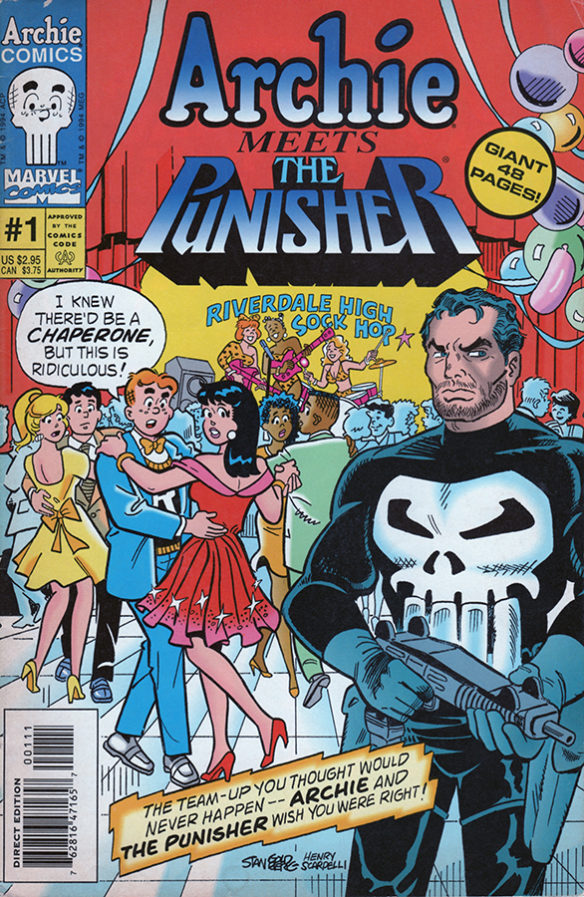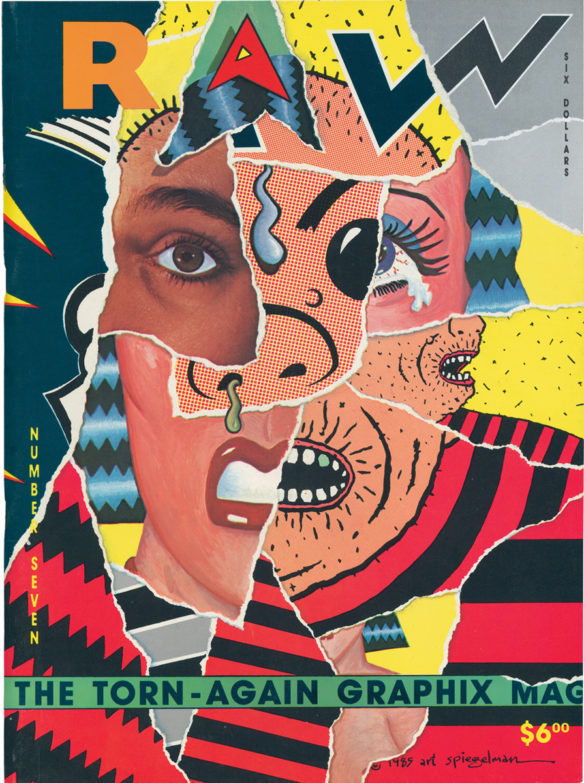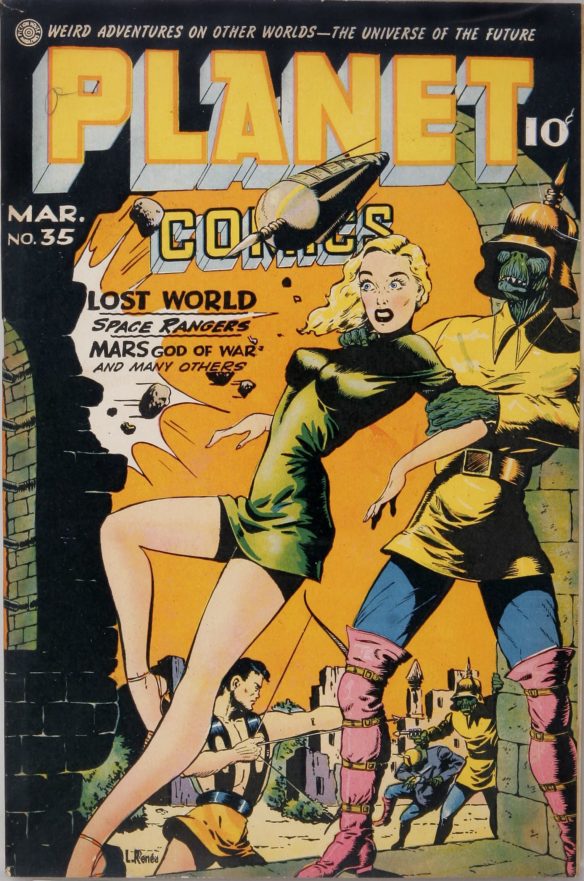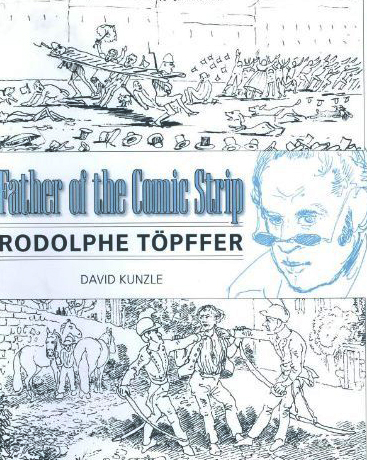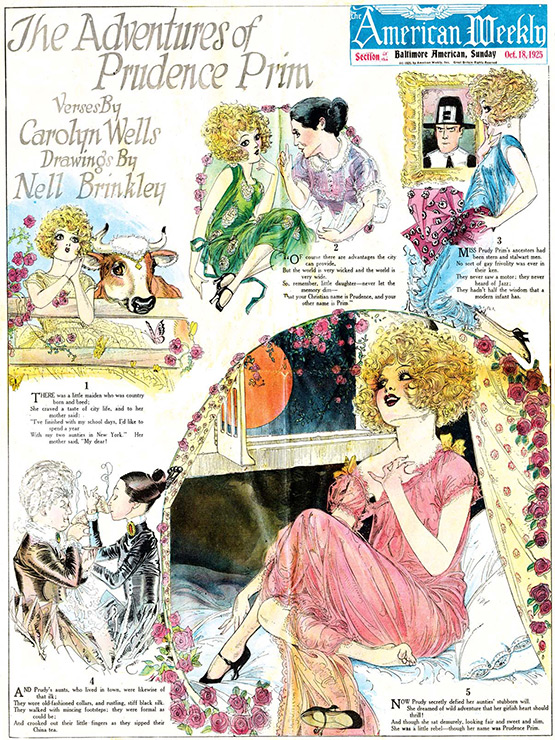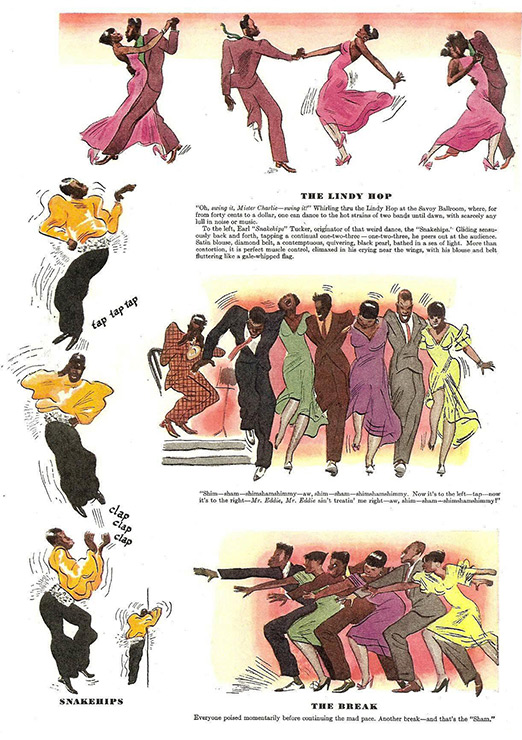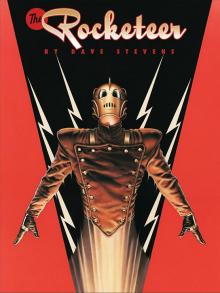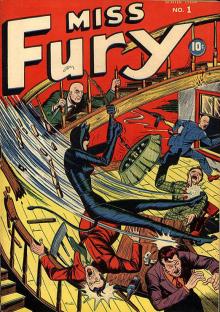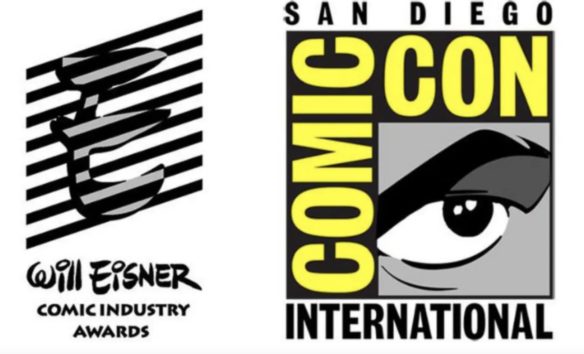
Comic-Con International has announced the 19 individuals who will automatically be inducted into the Will Eisner Comic Awards Hall of Fame for 2024. These inductees include 12 deceased comics pioneers and 7 living creators. The deceased greats are Creig Flessel, A. B. Frost, Billy Graham, Albert Kanter, Warren Kremer, Oscar Lebeck, Frans Masereel, Keiji Nakaszawa, Noel Sickles, Cliff Sterrett, Elmer C. Stoner, and George Tuska. The judges’ living choices are Kim Deitch, Gary Groth, Don McGregor, Bryan Talbot, Ron Turner, Lynn Varley, and James Warren.
In April, nominees will be announced for online voting to add four more inductees into the Hall of Fame.
The 2024 Hall of Fame judging panel consists of Dr. William Foster, Michael T. Gilbert, Karen Green, Alonso Nuñez, Jim Thompson, and Maggie Thompson.
The Hall of Fame trophies will be presented in a special program during Comic-Con on the morning of July 26. The Eisner Awards in 30+ other categories will be presented in a ceremony that evening
2024 EISNER HALL OF FAME JUDGES’ CHOICES
KIM DEITCH (1944- )
Pioneer underground cartoonist Kim Deitch’s best-known character is Waldo the Cat, a fictional 1930s-era animated cat who stars in the seminal Boulevard of Broken Dreams, Shroud of Waldo, Alias the Cat, and various other strips and books. Kim’s other works include Shadowlands, Reincarnation Stories, Beyond the Pale, and Deitch’s Pictorama, a collaboration with brothers Simon and Seth. Art Spiegelman has called Deitch “the best kept secret in American comics.” Deitch was co-founder of the Cartoonists Co-op Press (1973–1974) and has taught at the School for Visual Arts in New York. He received Comic-Con’s Inkpot Award in 2008.
CREIG FLESSEL (1912–2008)
Creig Flessel drew the covers of many of the first American comic books, including the pre-Batman Detective Comics #2–#17 (1937–1938). As a writer/artist, Flessel created the DC character the Shining Knight, in Adventure Comics #66 (Sept. 1941). He drew many early adventures of the Golden Age Sandman and has sometimes been credited as the character’s co-creator. When editor Vin Sullivan left DC Comics and formed his own comic book publishing company, Magazine Enterprises, Flessel signed on as associate editor. He continued to draw comics, often uncredited, through the 1950s, including Superboy stories in both that character’s namesake title and in Adventure Comics, and anthological mystery and suspense tales in American Comics Group’s (AGC’s) Adventures into the Unknown.
A. B. FROST (1851–1928)
The work of illustrator/cartoonist Arthur Frost was published in three albums: Stuff and Nonsense (1884), The Bull Calf and Other Tales (1892), and Carlo (1913). Because of his skills in depicting motion and sequence, Frost was a great influence on such early American newspaper comics artists as Richard Outcault, Rudolph Dirks, Jimmy Swinnerton, and Fred Opper. His work appeared in magazines such as Harper’s Weekly and Punch.
BILLY GRAHAM (1935–1997)
Billy Graham was an African American comic book artist whose earliest work appeared in Warren’s Vampirella magazine in 1969. He eventually became art director at Warren, then in 1972 he moved over to Marvel, where he helped create Luke Cage, Hero for Hire with John Romita Sr. and George Tuska. From 1973 to 1976, he worked with writer Don McGregor on “Black Panther” in Jungle Action. During the 1980s, he worked with McGregor on the Sabre title at Eclipse Comics.
GARY GROTH (1954– )
Gary Groth is an American comic book editor, publisher, and critic. Active as a fan, while a teenager he published Fantastic Fanzine and in the early 1970s organized Metro Con in the Washington, DC area. In 1976 he co-founded Fantagraphics Books with Mike Catron and Kim Thompson and served as editor-in-chief of The Comics Journal.
ALBERT KANTER (1897–1973)
Albert Lewis Kanter began producing Classic Comics for Elliot Publishing Company (later the Gilberton Company) with The Three Musketeers in October 1941. Classic Comics became Classics Illustrated in 1947. Kanter believed he could use the burgeoning medium to introduce young and reluctant readers to “great literature.” In addition to Classics Illustrated, Kanter presided over its spin-offs Classics Illustrated Junior, Specials, and The World Around Us. Between 1941 and 1962, sales totaled 200 million.
WARREN KREMER (1921–2003)
Warren Kremer studied at New York’s School of Industrial Arts and went straight into print services, working for pulp magazines. He gradually took on more comics work in Ace Publications, his first title being Hap Hazard. In 1948 Kremer began working for Harvey Comics, where he stayed for 35 years, creating such popular characters as Casper and Richie Rich and working on titles including Little Max, Joe Palooka, Stumbo the Giant, Hot Stuff, and Little Audrey. In the 1980s, Kremer worked for Star Comics, Marvel’s kids imprint, and contributed to titles like Top Dog, Ewoks, Royal Roy, Planet Terry, and Count Duckula
OSKAR LEBECK (1903–1966)
Oskar Lebeck was a stage designer and an illustrator, writer, and editor (mostly of children’s literature) who is best known for his role in establishing Dell Comics during the 1930s and 1940s. Notably, he hired Walt Kelly, who became one of the star creators of the line, best known for originating Pogo while there. Lebeck also selected John Stanley to bring panel cartoon character Little Lulu to comic books. Comic book historian Michael Barrier commented that Dell’s fairy tale, nursery rhyme, and similarly themed titles “represented an effort by Lebeck, who had written and drawn children’s books in the 1930s, to bring to comic books some of the qualities of traditional children’s books, especially through rich and rather old-fashioned illustrations.”
FRANS MASEREEL (1889–1972)
Frans Masereel is one of the most famous Flemish woodcut artists of his time. Like Lynd Ward, Masereel wrote “novels without words” and can be seen as a precursor to current graphic novelists. His first “graphic novel” was De Stad (1925), in which he described life in the city in 100 engravings. Other books are Geschichte Ohne Worte and De Idee, about an idea that’s being haunted by the police and justice. It became very popular among anti-Nazis. Masereel settled in France after World War II and died in 1972.
DON MCGREGOR (1945– )
Don McGregor began his comics writing career in 1969, writing horror stories for James Warren’s Creepy, Eerie, and Vampirella. After working as an editor on several of Marvel Comics’ B&W line of comics/magazines, in 1973 he was assigned to write the Black Panther in Marvel’s Jungle Action comics. The “Panther’s Rage” series was the first mainstream comic to have an essentially all-black cast of comics. Don also wrote Killraven, Luke Cage, Powerman, and Morbius, The Living Vampire in that time period. In the middle of the 1970s he created the historically important graphic novel Sabre, with art by Billy Graham. During the early 1980s, Don’s works included Detectives Inc. titles for Eclipse, and heworked with Gene Colan on Ragamuffins (Eclipse) Nathaniel Dusk (DC), and Panther’s Quest (Marvel). His 1990s writing included Zorro and Lady Rawhide forTopps.
KEIJI NAKAZAWA (1939–2012)
Keiji Nakazawa was born in Hiroshima and was in the city when it was destroyed by a nuclear weapon in 1945. He settled in Tokyo in 1961 to become a cartoonist. He produced his first manga for anthologies like Shonen Gaho, Shonen King, and Bokura. By 1966, Nakazawa began to express his memories of Hiroshima in his manga, starting with the fictional Kuroi Ame ni Utarete (Struck by Black Rain) and the autobiographical story Ore wa Mita (I Saw It). Nakazawa’s life work, Barefoot Gen (1972), was the first Japanese comic ever to be translated into Western languages. Barefoot Gen was adapted into two animated films and a live-action TV drama and has been translated into a dozen languages.
NOEL SICKLES (1910–1982)
Noel Sickles became a political cartoonist for the Ohio State Journal in the late 1920s. He moved to New York in 1933, where he became a staff artist for Associated Press. Here, he was asked to take over the aviation comic strip Scorchy Smith. In that comic, Sickles developed a personal, almost photographic style. His method of drawing became popular among other comic artists and was particularly inspiring to Milton Caniff (Terry and the Pirates). Sickles and Caniff started working together closely, assisting each other on their comics. After AP turned Sickles down for a salary raise, he devoted the rest of his career to magazine illustration.
CLIFF STERRETT (1883–1964)
Cliff Sterrett is one of the great innovators of the comic page and the creator of the first comic strip starring a heroine in the leading role, Polly and Her Pals. Between 1904 and 1908, he worked for the New York Herald, drawing illustrations and caricatures. He started doing comics when he got the opportunity to draw four daily strips for the New York Evening Telegram in 1911. In 1912, Sterrett was hired by William Randolph Hearst, for whom he created Polly and Her Pals. The strip was initially published in the daily comic page of the New York Journal. A year later, it also became a Sunday page and a four-color supplement to the New York American. Starting in the 1920s, Sterrett used cubist, surrealist, and expressionist elements in his artwork. In 1935 he handed over the daily strip to others to concentrate wholly on the Sunday strip, which he drew until his retirement in 1958.
ELMER C. STONER (1897–1969)
E. C. Stoner was one of the first African American comic book artists. He worked on comics through the Binder, Chesler, and Iger Studios from the late 1930s through the 1940s. For National he drew the “Speed Saunders” story in the first issue of Detective Comics. His other credits included “Blackstone” for EC Comics; “Captain Marvel,” “Lance O’Casey,” and “Spy Smasher” for Fawcett; “Blue Beetle” and “Bouncer” for Fox; “Breeze Barton” and “Flexo” for Timely; and “Doc Savage” and “Iron Munro” for Street & Smith. From 1948 to 1951 he drew a syndicated newspaper comic strip, Rick Kane, Space Marshal, which was written by Walter Gibson, magician and famed author of The Shadow. Stoner is also believed to have created the iconic Mr. Peanut mascot while he was still a teenager in Pennsylvania.
BRYAN TALBOT (1952– )
Bryan Talbot was part of the British underground comix scene starting In the late 1960s, creating Brain Storm Comix at Alchemy Press, among other works. In 1978 he began the epic The Adventures of Luther Arkwright saga, one of the first British graphic novels. Talbot began working for 2000AD in 1983, producing three books of the Nemesis the Warlock series with writer Pat Mills. His 1994 Dark Horse graphic novel The Tale of One Bad Rat has won countless prizes. For four years Talbot produced work for DC Comics on titles such as Hellblazer, The Sandman, The Dead Boy Detectives, and The Nazz (with Tom Veitch). His other works include the Grandville series of books, the graphic novels Alice in Sunderland, Dotter of Her Father’s Eyes (with Mary Talbot), and the autobiography Bryan Talbot: Father of the British Graphic Novel.
RON TURNER (1940– )
Ron Turner founded Last Gasp in 1970: a San Francisco–based book publisher with a lowbrow art and counterculture focus. Over the last 50 years Last Gasp has been a publisher, distributor, and wholesaler of underground comix and books of all types. In addition to publishing notable original titles like Slow Death, Wimmen’s Comix, Binky Brown Meets the Holy Virgin Mary, Air Pirates, It Ain’t Me Babe, and Weirdo, it also picked up the publishing reins of important titles—such as Zap Comix and Young Lust—from rivals that had gone out of business. The company publishes art and photography books, graphic novels, manga translations, fiction, and poetry.
GEORGE TUSKA (1916–2009)
George Tuska’s first professional work came in 1939, when he became assistant on the Scorchy Smith newspaper strip. At the same time, he joined the Iger-Eisner Studio. There he worked on stories for a variety of comic book titles, including Jungle, Wings, Planet, Wonderworld, and Mystery Men. In the 1940s, as a member of the Harry “A” Chesler Studio, he drew several episodes of Captain Marvel, Golden Arrow, Uncle Sam, and El Carim. After the war, he continued in the comics field with memorable stories for Charles Biro’s Crime Does Not Pay, as well as Black Terror, Crimebuster, and Doc Savage. He also became the main artist on Scorchy Smith from 1954 to 1959, when he took over the Buck Rogers strip, which he continued until 1967. In the late 1960s, Tuska started working for Marvel, where he contributed to Ghost Rider, Planet of the Apes, X-Men, Daredevil, and Iron Man. He continued drawing superhero comics for DC, including Superman, Superboy, and Challengers of the Unknown. In 1978, along with José Delbo, Paul Kupperberg, and Martin Pasko, Tuska started a new version of the daily Superman comic, which he worked on until 1993.
LYNN VARLEY (1958– )
Lynn Varley is an award-winning colorist, notable for her collaborations with her former husband, writer/artist Frank Miller. She provided the coloring for Miller’s Ronin (1984), an experimental six-issue series from DC Comics, and Batman: The Dark Knight Returns (1986), a four-issue miniseries that went on to become a commercial and critical success. Subsequently, Varley colored other Miller books, including Batman: The Dark Knight Strikes Again, 300, Elektra Lives Again, and The Big Guy and Rusty the Boy Robot (with Geoff Darrow).
JAMES WARREN (1930– )
James Warren published Famous Monsters of Filmland, a magazine that influenced just about everyone in comics in the 1950s and 1960s, then went on to publish such influential comics magazines as Creepy, Eerie, Blazing Combat, Vampirella, and The Spirit in the 1960s–1980s.Creators whose work was highlighted in these magazines included Archie Goodwin, Louise Jones (Simonson), Frank Frazetta, Al Williamson, Steve Ditko, Gene Colan, Bernie Wrightson, Billy Graham, Neal Adams, Wally Wood, Alex Toth, John Severin, and Russ Heath.
[Based on a press release.]

